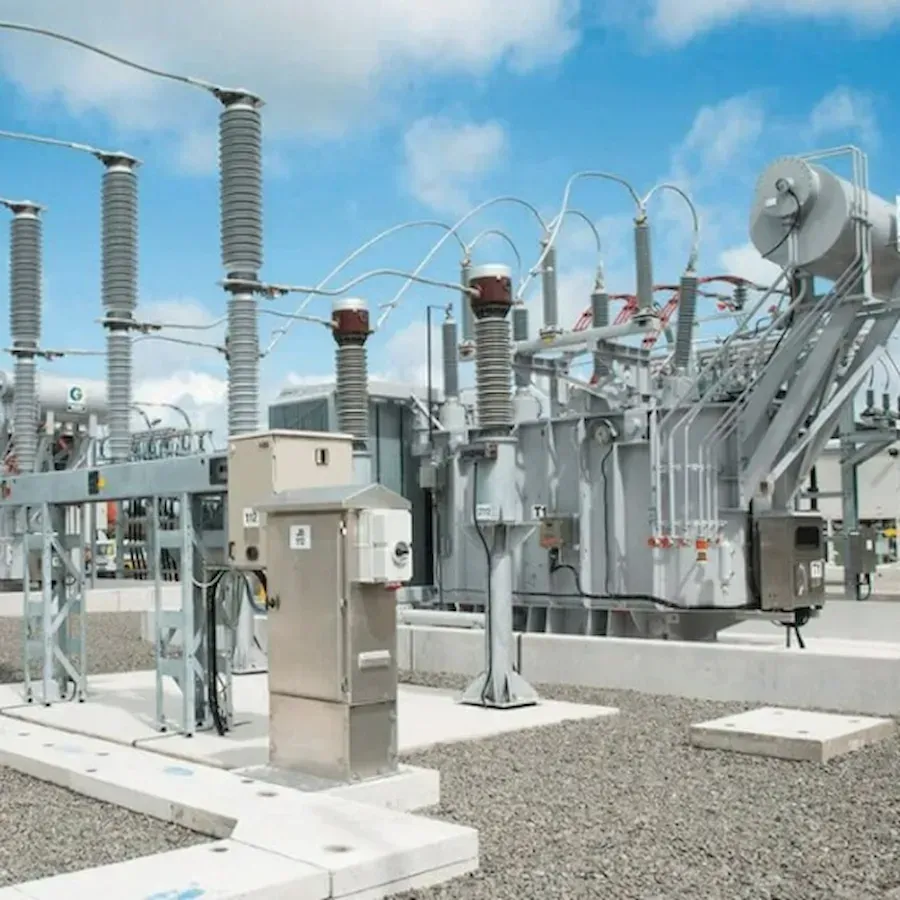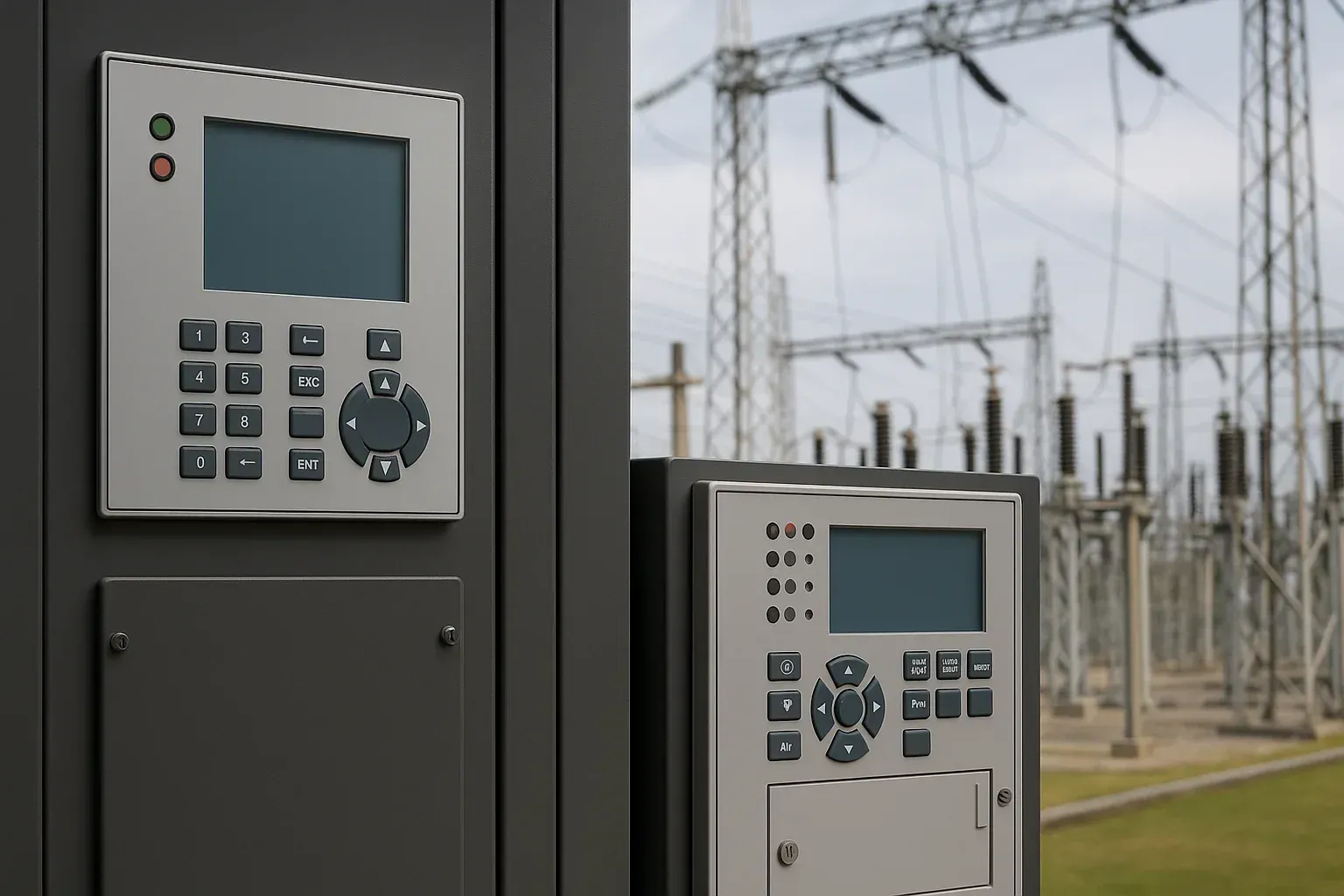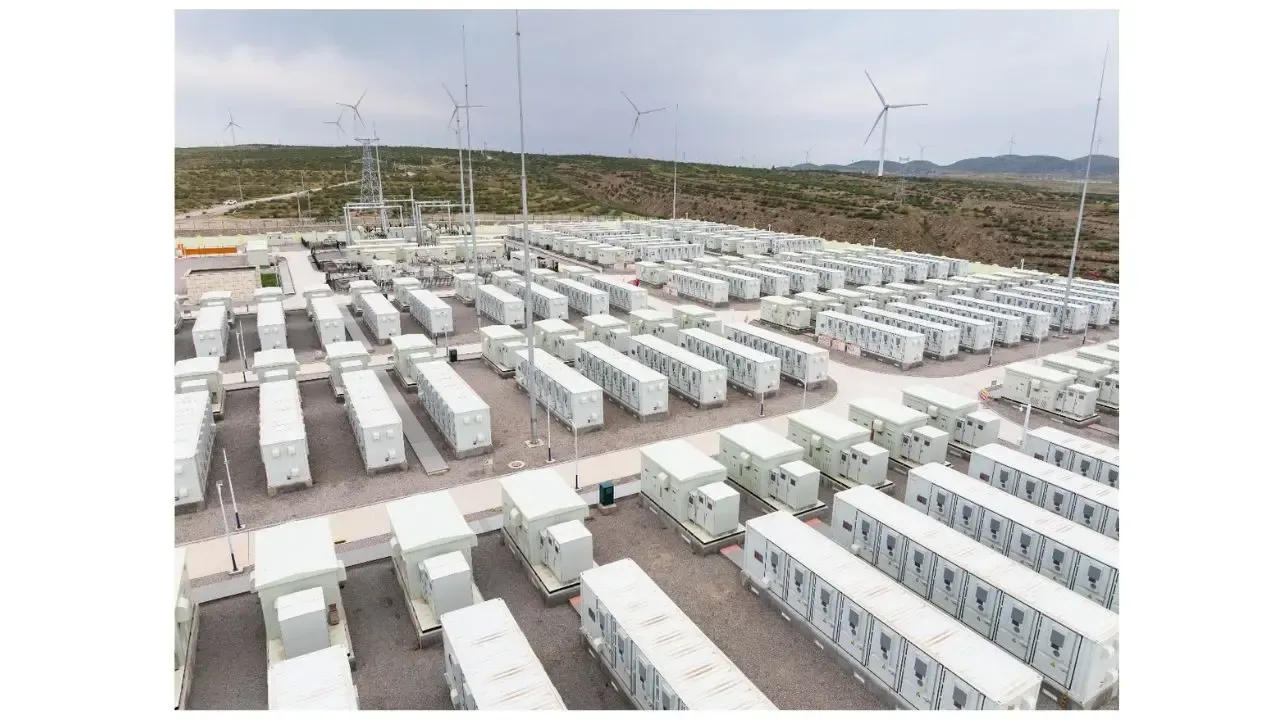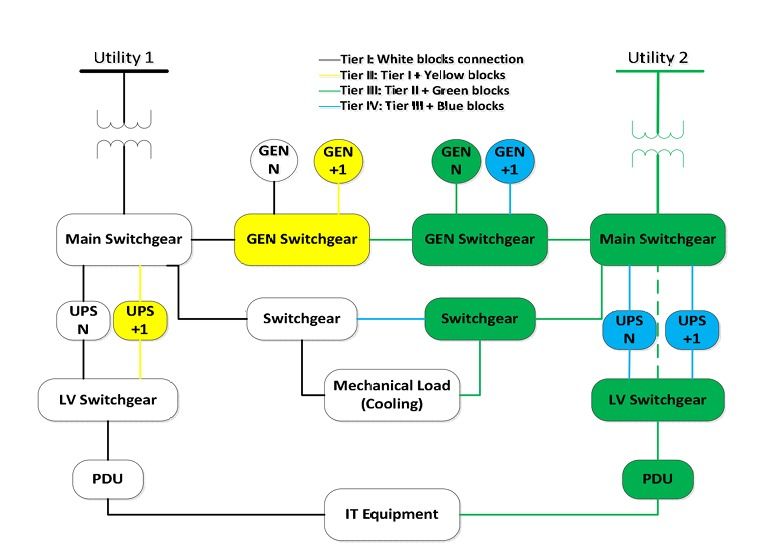A Coordinated Electric System Interconnection Review—the utility’s deep-dive on technical and cost impacts of your project.
Gap Analysis Explained: NERC CIP Risk Assessment & Cybersecurity Compliance
January 17, 2022 | Blog
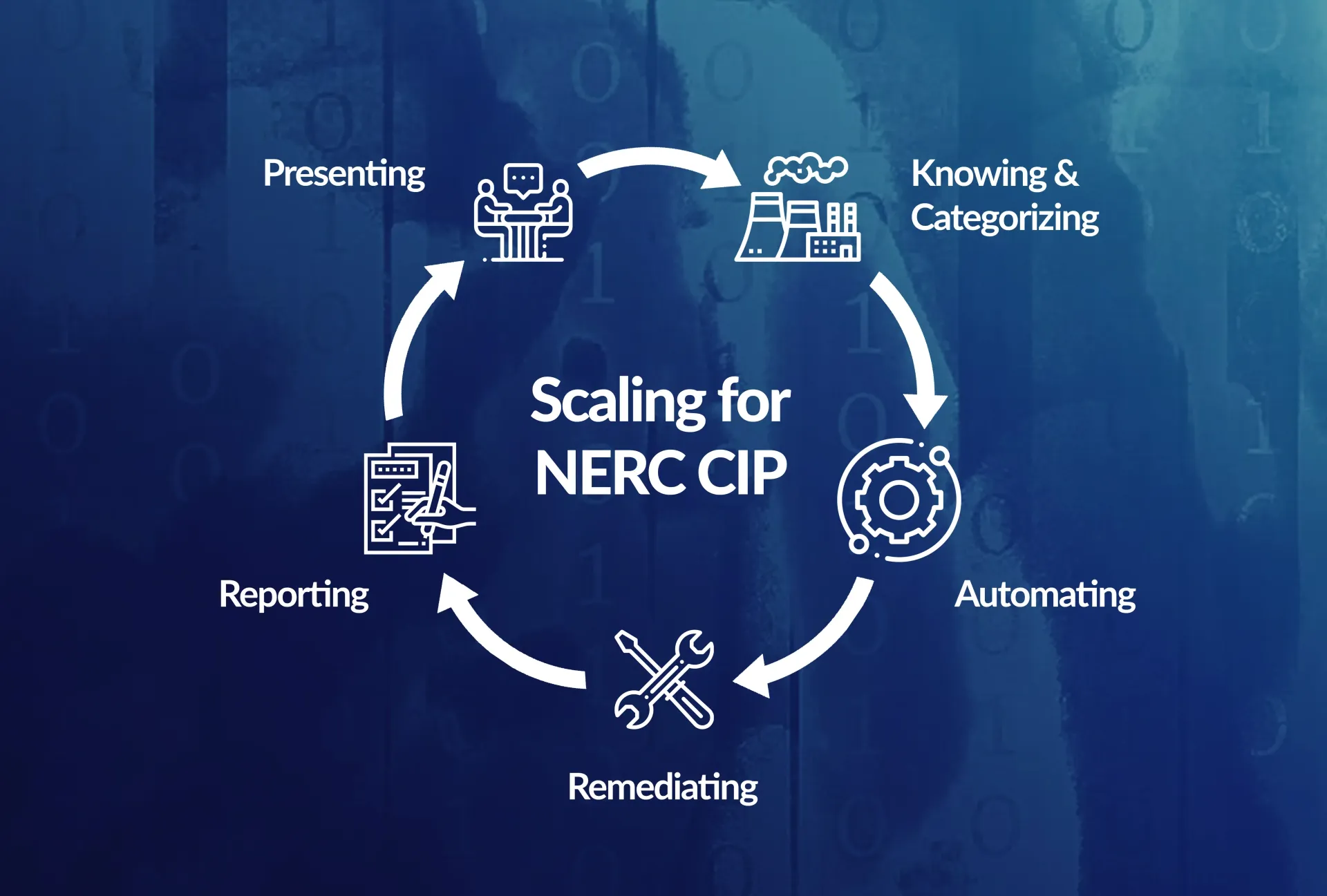
What is Gap Analysis & Risk Assessment?
NERC (North American Electric Reliability Corporation) first introduced CIP cybersecurity standards in 2003 to safeguard critical infrastructure across the bulk electric system (BES). These standards became enforceable in 2006 when FERC (Federal Energy Regulatory Commission) approved their implementation—making compliance mandatory for all bulk power system users, owners, and operators.
Failure to meet NERC CIP standards can expose utilities to:
- Service disruptions
- Regulatory fines and penalties
- Cybersecurity threats to operational infrastructure
As a result, gap analysis and risk assessment services have become essential for utilities, IPPs (Independent Power Producers), and transmission operators. At Keentel Engineering, we help you identify vulnerabilities, close compliance gaps, and strengthen your security posture—aligned with NERC CIP standards.
Why Gap Analysis Matters for NERC CIP Compliance
A NERC CIP gap analysis uses a risk-based approach to detect security weaknesses across your cyber assets and operational systems.
It helps:
- Protect network access points, remote substations, and cyber assets
- Evaluate your organization’s current security posture against industry benchmarks
- Identify and prioritize vulnerabilities and non-compliance risks
- Prepare for upcoming NERC audits and regulatory checks
- Strengthen BES Cyber System reliability and reduce attack vectors
Gap Analysis — Core Focus Areas
At Keentel, our gap analysis framework evaluates multiple layers of your IT/OT infrastructure:
| Focus Area | Objective | = |
|---|---|---|
| Sensitive Data Security | Ensures encryption, access control, and storage protection | |
| Risk-Based Decision Support | Provides data for effective risk management planning | |
| Network and Perimeter Security | Verifies firewall integrity and segmentation policies | |
| Secure System Configuration | Checks secure software versions, patches, and access logs | |
| Confidential Data & BES Cyber Assets | Reviews handling of customer information and critical systems |
What Happens During the Gap Analysis Process?
Keentel Engineering’s process is collaborative and comprehensive. Our assessors work closely with:
- Technical teams (IT, SCADA, EMS, OT)
- Management and compliance officers
- Security assurance staff
We deliver a clear, documented understanding of your current compliance level versus the target state as defined by NERC CIP (e.g., CIP-002 through CIP-013).
Our gap assessment includes:
- Policy review and document analysis
- Physical and logical access control audits
- Firewall and asset inventory review
- Incident response readiness check
- Recommendations for mitigation and timeline
Why Gap Analysis is Crucial in Today’s Grid Security
Even the most advanced utility networks are not immune to cyberattacks or insider threats. However, conducting a NERC CIP gap analysis allows you to:
- Identify what controls are missing
- Prioritize remediation actions
- Avoid NERC violation penalties
- Demonstrate due diligence in cybersecurity
This proactive approach aligns with best practices for grid reliability, compliance, and operational resilience.
Why Choose Keentel Engineering?
Keentel Engineering offers specialized expertise in:
- NERC CIP audits and RSAW preparation
- Cybersecurity gap assessments for utilities and IPPs
- Dynamic model validation for compliance
- Secure SCADA and substation design aligned with CIP
We help you build a more resilient infrastructure while preparing you for long-term compliance.
FAQs – NERC CIP Gap Analysis
Q1: What is the purpose of a NERC CIP gap analysis?
To identify compliance gaps, cybersecurity vulnerabilities, and provide a roadmap toward full NERC CIP implementation.
Q2: Is gap analysis mandatory for NERC compliance?
While not mandatory, it is considered a best practice and is often requested during audits to demonstrate proactive security planning.
Q3: What’s the difference between gap analysis and a full audit?
A gap analysis is internal and diagnostic; a full audit is typically conducted by the NERC Regional Entity to enforce compliance.

About the Author:
Sonny Patel P.E. EC
IEEE Senior Member
In 1995, Sandip (Sonny) R. Patel earned his Electrical Engineering degree from the University of Illinois, specializing in Electrical Engineering . But degrees don’t build legacies—action does. For three decades, he’s been shaping the future of engineering, not just as a licensed Professional Engineer across multiple states (Florida, California, New York, West Virginia, and Minnesota), but as a doer. A builder. A leader. Not just an engineer. A Licensed Electrical Contractor in Florida with an Unlimited EC license. Not just an executive. The founder and CEO of KEENTEL LLC—where expertise meets execution. Three decades. Multiple states. Endless impact.
Services

Let's Discuss Your Project
Let's book a call to discuss your electrical engineering project that we can help you with.

About the Author:
Sonny Patel P.E. EC
IEEE Senior Member
In 1995, Sandip (Sonny) R. Patel earned his Electrical Engineering degree from the University of Illinois, specializing in Electrical Engineering . But degrees don’t build legacies—action does. For three decades, he’s been shaping the future of engineering, not just as a licensed Professional Engineer across multiple states (Florida, California, New York, West Virginia, and Minnesota), but as a doer. A builder. A leader. Not just an engineer. A Licensed Electrical Contractor in Florida with an Unlimited EC license. Not just an executive. The founder and CEO of KEENTEL LLC—where expertise meets execution. Three decades. Multiple states. Endless impact.
Leave a Comment
We will get back to you as soon as possible.
Please try again later.
Related Posts


